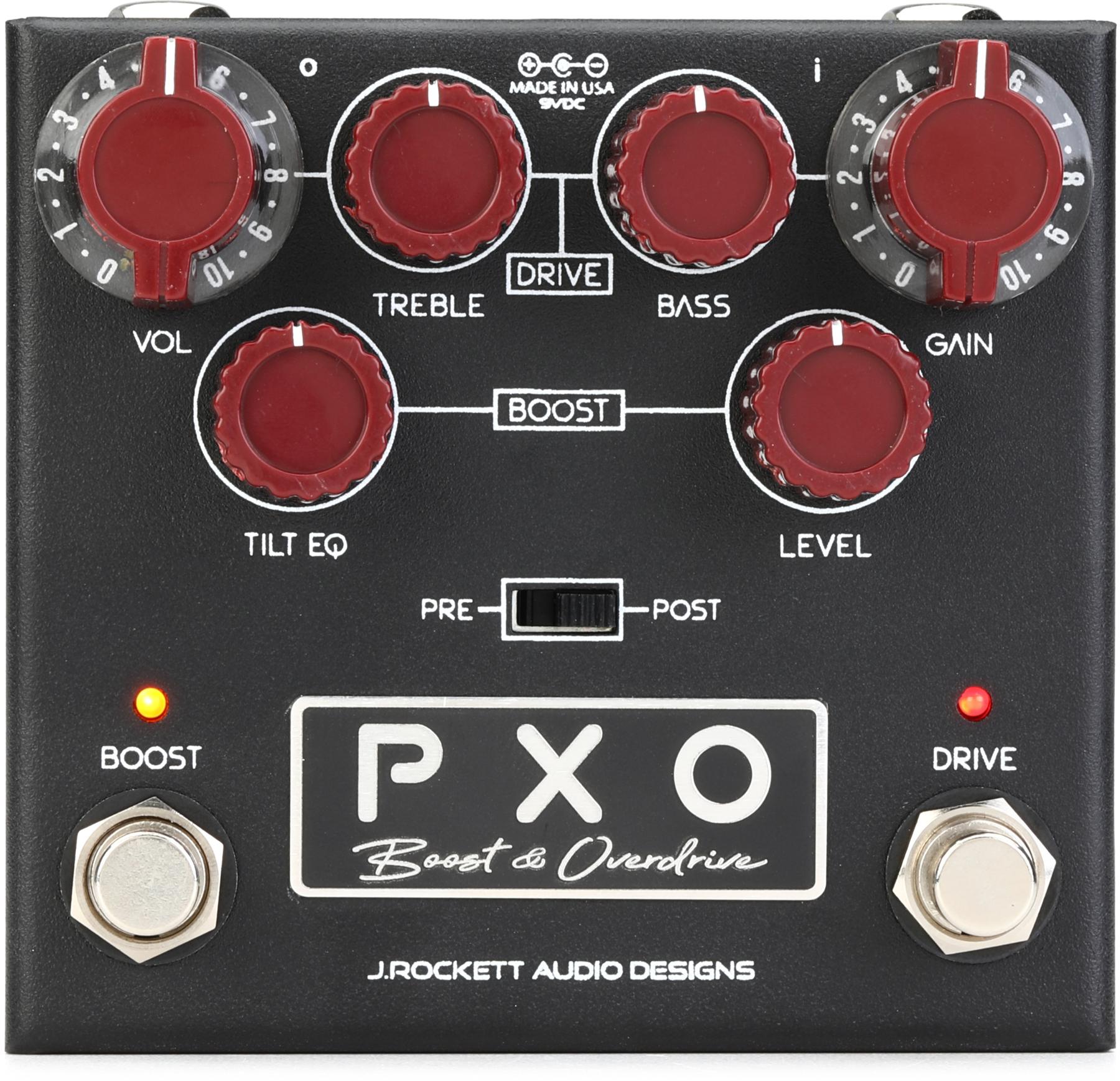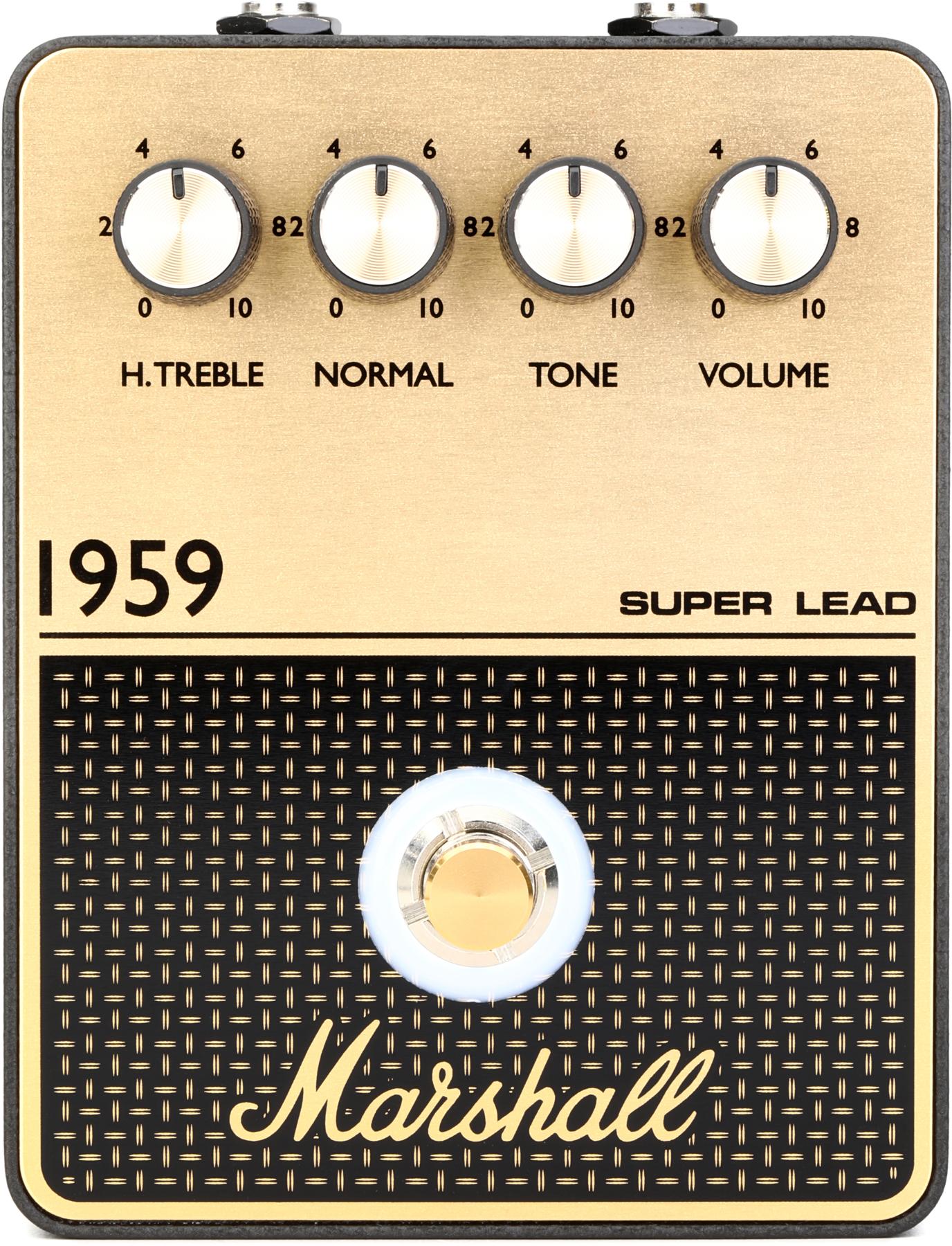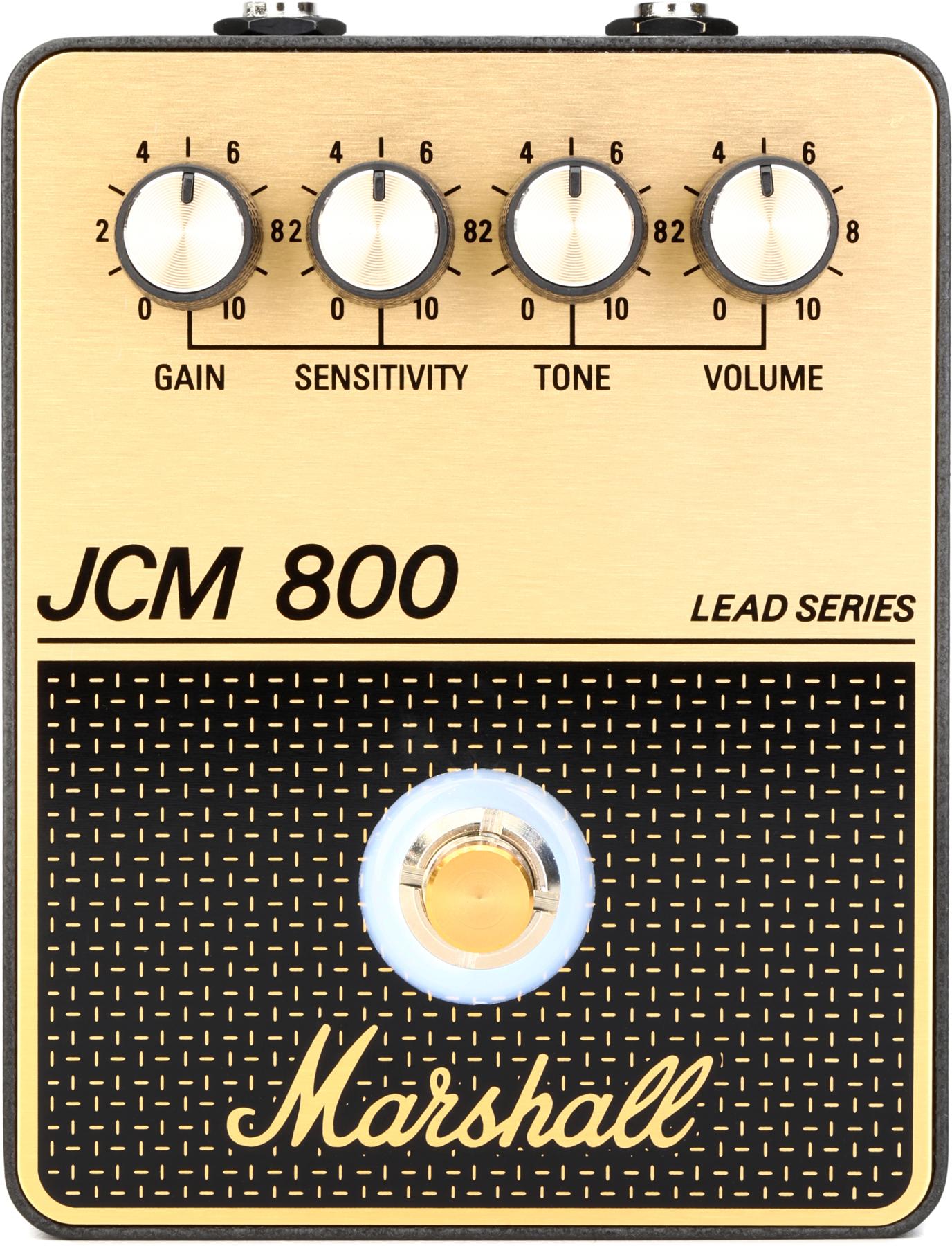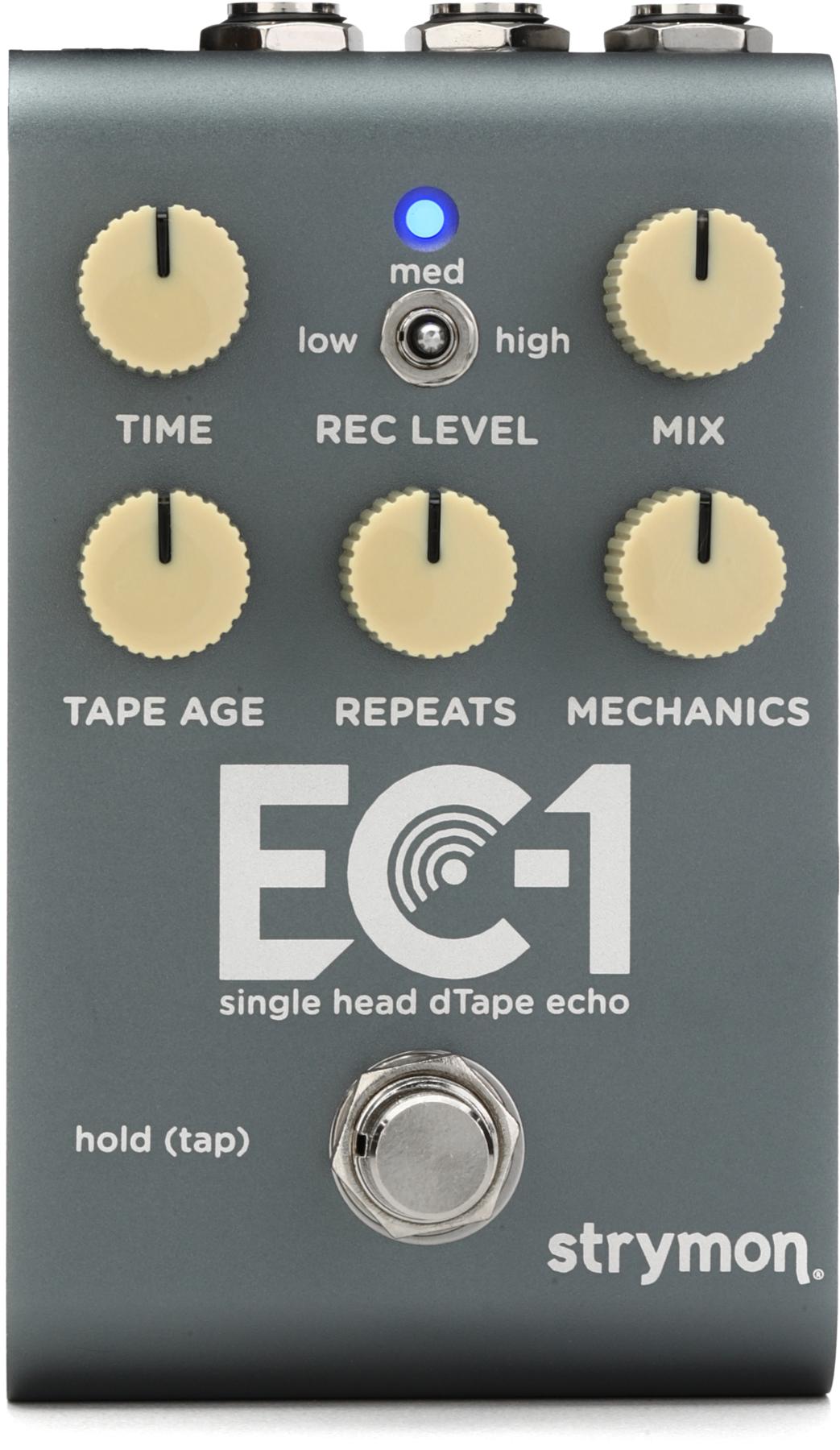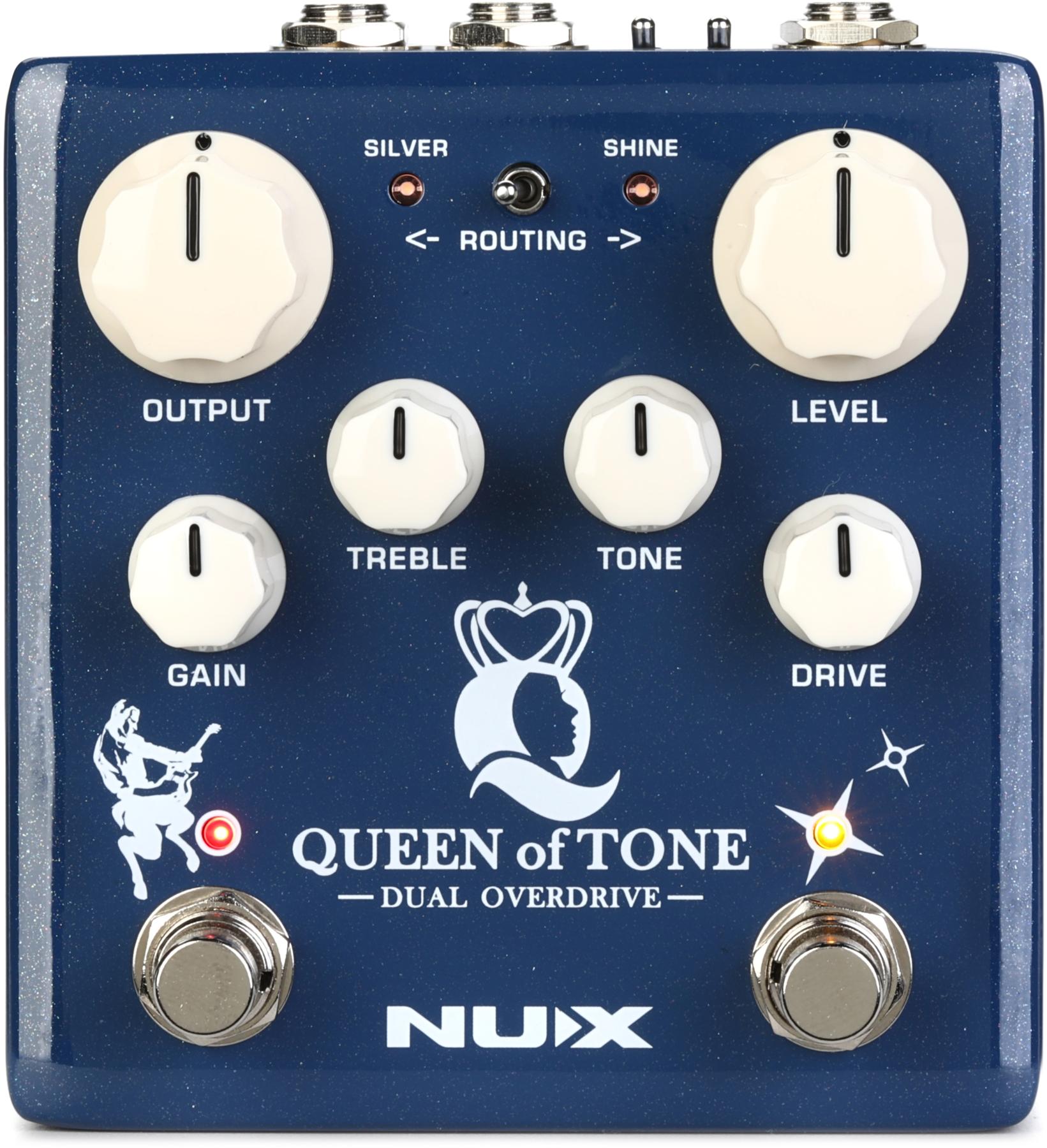RatingsPros:Slinky and superb playability. Light weight. Convincing acoustic images. Intuitive operation. Cons: No tone control. Polarizing visual style. Street: $1,999 Fender Acoustasonic Stratocaster fender.com | Tones: Playability: Build/Design: Value: |
Most of us probably think of electric/acoustic hybrid guitars as a relatively modern design concept. But they are an idea that has existed since the electric guitar was born—even if they have endured a protracted and awkward adolescence. Early and mid-century explorations of electric/acoustic hybridization yielded curiosities as varied and weird as the Martin 00-18E, Gibson J-160, and the Danelectro Convertible, and seemed to question the hybrid guitar's raison d'être: Should a hybrid be an acoustic that can be amplified, or an electric that can sound more like an acoustic?
As sound systems grew more powerful—creating feedback headaches for acoustic players and sound technicians the world over—electric/acoustic hybrids found a very real and practical reason to exist. By the 1980s, a more consistent design ethos emerged, too: slim-bodied instruments that combined comfortable electric guitar dimensions and playability with piezo pickups that delivered passably acoustic-ish tone. As performance tools, they served a purpose. But for the most part, the mix of piezo tones and slim, less-than-resonant bodies left a lot to be desired.
Fender's new Acoustasonic Stratocaster, which follows on the heels of last year's Acoustasonic Telecaster, is, in some superficial respects, an evolution of those slim-bodied hybrids. But it also takes many leaps ahead in terms of style, sound, design, and performance potential. Thanks to an excellent acoustic imaging system designed with Fishman, the Acoustasonic generates digitally voiced variations on classic flattop tones that are startlingly authentic in many settings.
But it also sounds, feels, and plays like a well-built—and very light—Fender solidbody. And in an age where eclectic home-recording projects and small spaces make a one-size-fits-all guitar an appealing proposition, the super-playable, high-quality, and endlessly entertaining Acoustasonic Stratocaster is a very intriguing solution.
Design Rooted in Diverse Intentions
Though you could guess at the Acoustasonic's intent at a glance (the soundhole is a less-than-subtle hint), the familiar lines conceal many intricate design elements. While the profile suggests a solidbody design, the Acoustasonic is put together a little like a regular flattop. The mahogany body is routed in a fashion not dissimilar from a Rickenbacker. The lightly braced Sitka spruce top (which, on our guitar, is the section finished in black) is then laid into the body where it's secured by the 4-ply black-and-white binding. The soundhole is a separate piece of mahogany that's affixed to the top by a wider ring of binding. It is no mere adornment, though. You hear the Acoustasonic Stratocaster in a much more organic way for it's presence. In most other respects, the Acoustasonic looks and feels like an electric Stratocaster.
Fender was bold with the Acoustasonic design, from a visual perspective. From certain views it looks like a cubist deconstruction of a Stratocaster body—particularly in the high-contrast-color black and red finishes. Other angles flatter the layered profiles less. To my eye, colors that contrast less with the mahogany make for a more balanced visual whole. The soft transparent sonic blue and natural finishes, for instance, are especially complimentary to the cocoa hues of the body and highlight the elegance in the compound curves. But it would be nice if there were an option for a mahogany, or more mahogany-colored, top.
A Case of Mistaken Identity
If you delve into the engineering intricacies behind the Acoustasonic before you play, you might worry that this guitar is a handful to manage. But the most remarkable piece of engineering in the Acoustasonic might be the intuitive ease with which you can express yourself. The guitar feels fantastic. It's incredibly light, and the neck, with it's 12" radius, “Deep-C" profile, and narrow-tall frets, manages to feel slinky, fast, and quintessentially Fender while facilitating flattop-style technique. That Fender and Fishman were able to channel the sounds and functionality of six digital acoustic images, a body-sensing pickup, an undersaddle transducer, and a noiseless electric via two knobs and a 5-way switch is impressive. And the system is very easy to use.
The Fishman imaging system doesn't use digital models, but a complex mix of analog and digital processing that combines with the body properties of the instrument to approximate the voice of various acoustic guitar types. On the Acoustasonic Strat, you can blend and move between dreadnought images and smaller-bodied guitar images using the aft “mod" knob. But you can also mix the resonance from the body sensor with a dreadnought image in the third position, blend a dreadnought voice with a clean electric tone from the magnetic pickup in position 2, or blend semi-clean and dirty electric tones in position 1.
The acoustic images are often surprisingly authentic and rich. And while you probably wouldn't mistake the Strat's “Sitka spruce and mahogany dreadnought" image for a vintage D-18 if you played them side by side, in a recording or performing mix the acoustic images can sound very convincing. The electric sounds are lovely, too, and the position-2 blend of “spruce/rosewood dreadnought" image and a clean, very Stratocaster-like electric tone is especially full of possibilities.
I tracked several of these sounds as a song by plugging the guitar directly into an interface, and even without EQ or reverb the mix sounded very much as though it was assembled from several different guitars and real acoustic instruments. It's impossible not to be intrigued by the recording potential of the Acoustasonic—particularly if you're a player that likes layered and varied guitar textures but doesn't have the space for five different guitars. It could also be a huge asset for artists for whom the guitar is not the sole or primary focus. In this respect, many contemporary musicians that move readily and quickly between guitar, keyboard, and sampled sounds will find the Acoustasonic Stratocaster invaluable.
The Verdict
Whether you use the Acoustasonic Stratocaster for demos, studio tracking, performance, or practice, it gives you a broad palette of satisfying and inspirational sounds to work with. As a holistic, ergonomic engineering effort it's impressive as well—making it easy to generate and record wildly varied tones and moods with a few simple knob adjustments and a flick of the selector switch. Plus, it's light and feels effortless under the fingers. The unapologetically non-traditional styling may put off a few purists. But in terms of comfort, performance, and pure utility, the Acoustasonic Stratocaster is a praiseworthy piece of guitar engineering brimming with possibilities.























